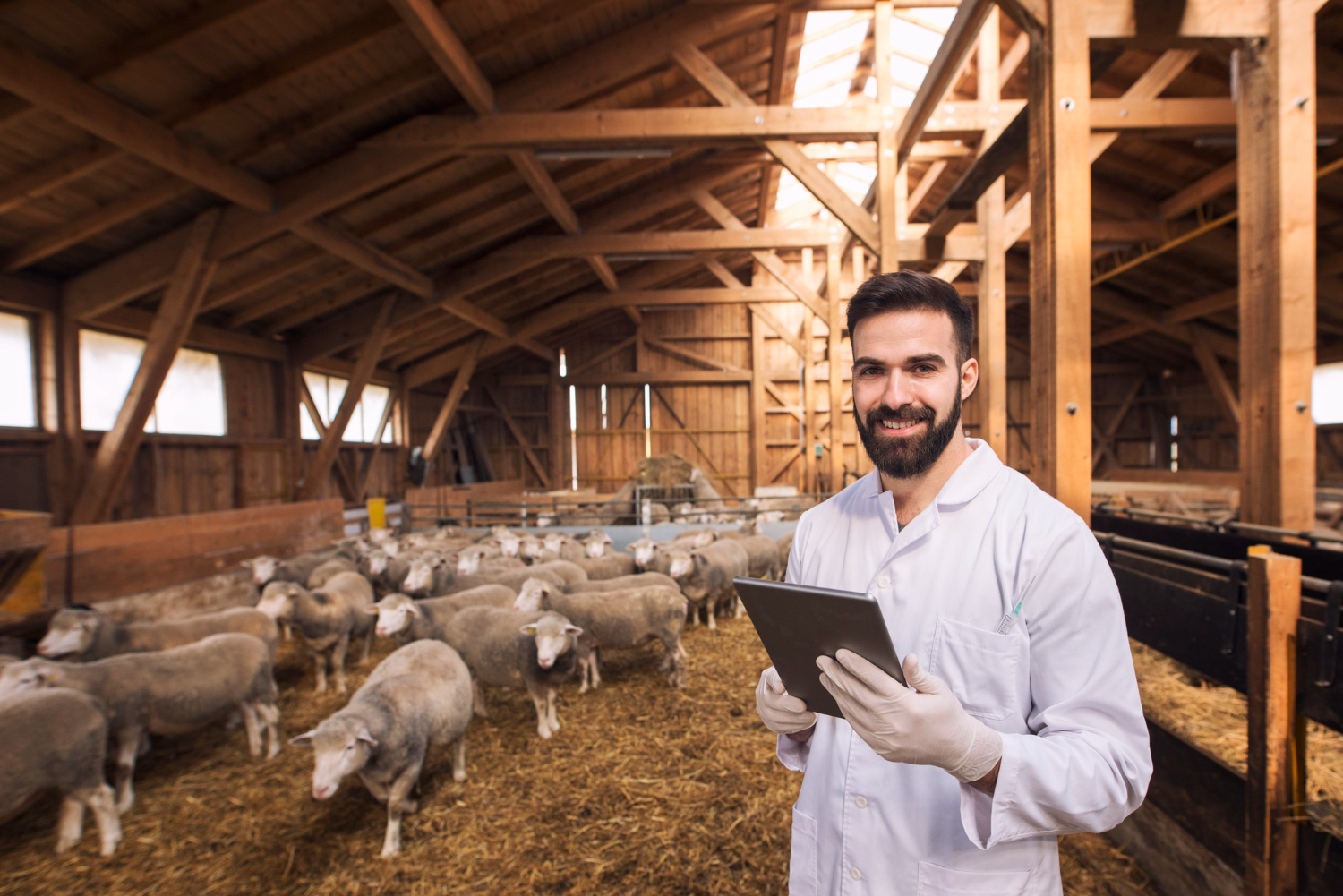 Nutrition and food are two words that are generally used synonymously but have different meanings. Nutrition is the set of processes through which an animal ingests and uses all the substances required for its maintenance, growth, production or reproduction.
Nutrition and food are two words that are generally used synonymously but have different meanings. Nutrition is the set of processes through which an animal ingests and uses all the substances required for its maintenance, growth, production or reproduction.
Feeding is the process of providing food to the animal as a vehicle for nutritional requirements. Of the food, its origin, composition, digestibility and processing must be taken into account.
The composition of a food is generally divided into carbohydrates, lipids and proteins as main components and vitamins, trace elements and other compounds as complements.
Carbohydrates fulfil an essentially energetic function; lipids have structural functions in the form of triglycerides, proteins form skin, hair, muscle, hooves, hooves, etc., and they are also components of enzymes, haemoglobin, hormones and antibodies.
Vitamins such as fat-soluble vitamins A, D, E and K and water-soluble vitamins such as vitamin C and B complex are necessary for the growth and maintenance of the skeleton and are involved in metabolic processes.
Animal foods come mainly from plants. There are green forages, silage forages (for ruminants), and concentrates for animal feed based on soy, corn, sorghum and other species high in proteins and carbohydrates. But other animals or their waste are also used in the production of concentrates, as is the case of some foods used in fish farming.
Measuring the environmental impact of pet food production
The carbon footprint of a food system can be assessed by analyzing the life cycle of energy and natural resources as inputs and waste and emissions as outputs, as well as their associated costs. Life cycle analysis is a well-known model framework for investigating climate change, ozone layer depletion, human toxicity risk, particulate matter, ionizing radiation, photochemical ozone formation, acidification, eutrophication, freshwater ecotoxicity and the use of natural resources. Life cycle analysis of pet foods is complicated due to the variety of raw materials, manufacturing technologies and packaging options.
U.S. Animal Nutritionals of Vermont

